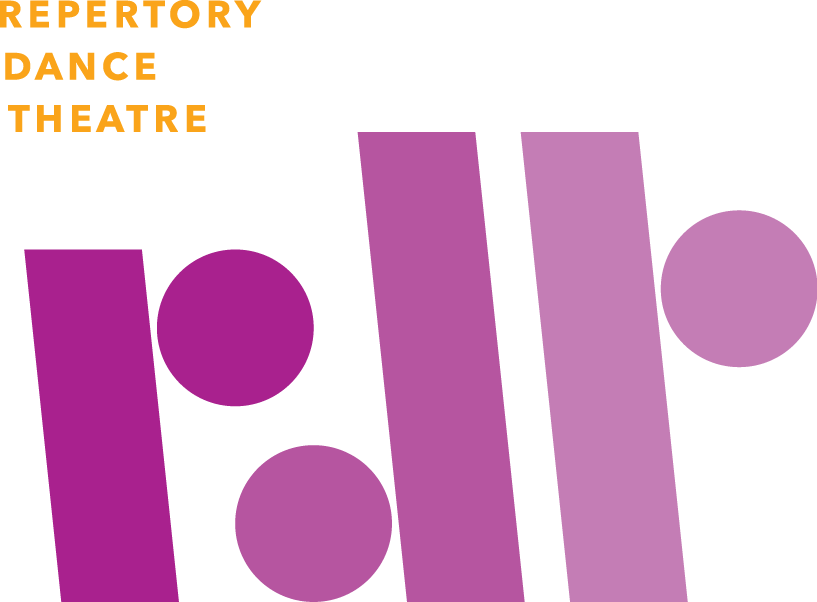Students will explore the concepts of positive and negative space in the moving space and what that means in the body.
Learning Objectives/Goals
Establishing positive and a negative space, what these look like in space and in the body, moving and in stillness. Relating to one another, working together as a team, collaboration, and the use of prepositions in exploring of the ideas.
Materials Needed
Large open space, music and a drum
Introduction
State class expectations. Ask students what is positive space? It is the space our bodies or an object fills in the air/space. Ask students what is negative space? It is the empty space that surrounds any positive space in the room. Show this with one student or with a few students making shapes or with other objects in the room.
Warm-Up
Divide the students into two large groups. Ask one group to spread out in the space and create a still/frozen shape that can be held for a bit of time. The other group will begin to explore the negative space in the shapes and space, with some music. Encourage the exploration of levels, moving (around, through, under, over, in and out) and to remember
not to touch any positive space of the still shapes. Reverse the groups. Try one more time, but this time give the exploration groups a directed movement to get from one still shape to another, for example: skip to the next still shape or roll to the next still shape, etc.
Investigate
Divide students into groups of 2. Ask one person to create a still/frozen shape, the other person will make a still/frozen shape that intersects the negative space of the first person. The first person very carefully will get out of the shape without disturbing the 2nd person. The first person will take a look at the shape and create a new shape within the 2nd persons negative space. Repeat many times alternating who leaves and who stays in the shape. This can be done to some background music. Music will help to keep the talking at a minimum! This same idea can be done with 3 people or 4 people.
Create
Create a class puzzle! Using positive or negative space or both, start with one person in the center of the space. Using a voice cue ask students to one by one come into the center and attach to the shapes there either with a negative or positive shape. Continue this until all students are in the big shape! Then select students to slowly exit one person
at a time until only the original still/frozen shape remains in the center. Try this a few times with different students in the center position.
Reflect
Ask students about their understanding of positive and negative spaces, now that they have experienced this lesson. Where else do we use positive and negative space in our daily lives?
Extension to the Lesson
Try some loco-motor movements that use negative spaces, for example, weaving in and out of one another, etc.
Follow-up Resources
Look at different choreography and find examples of the use of positive and negative spaces within the pieces.

